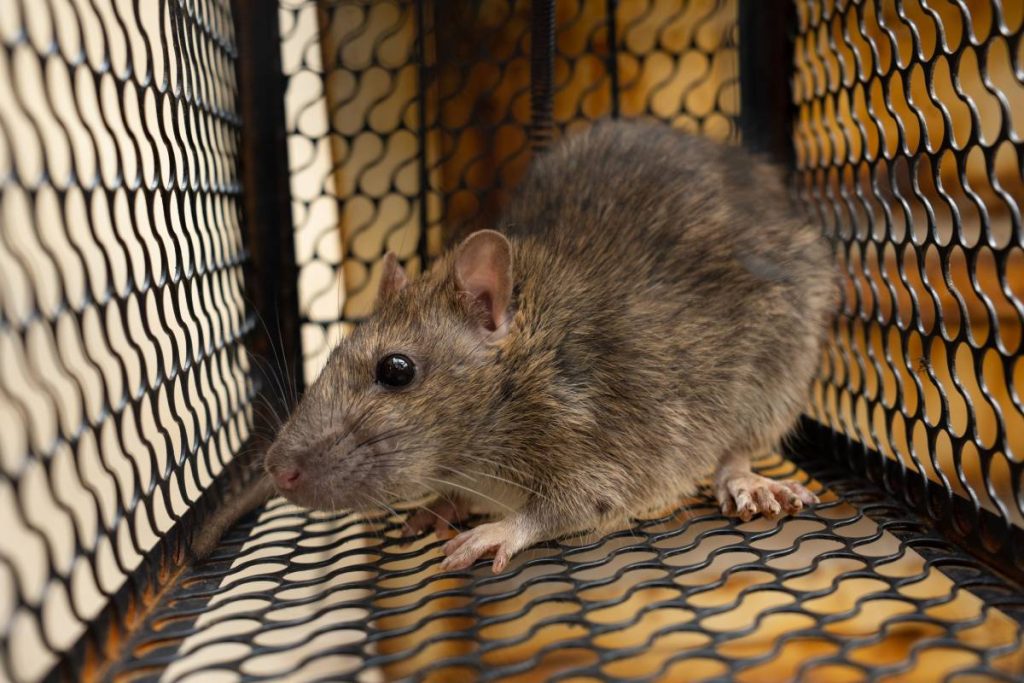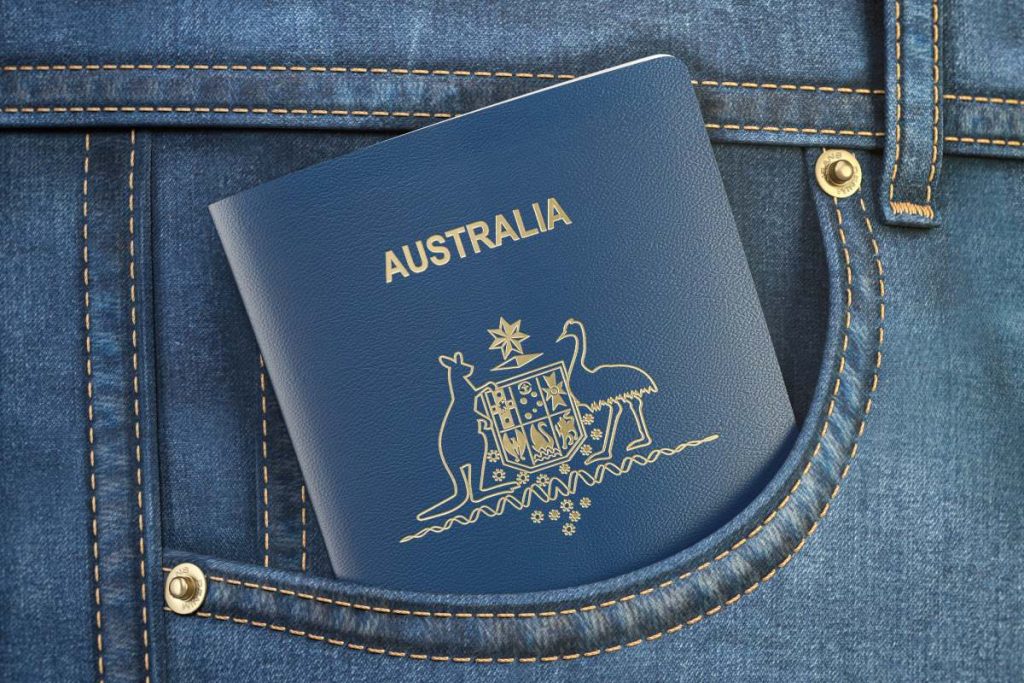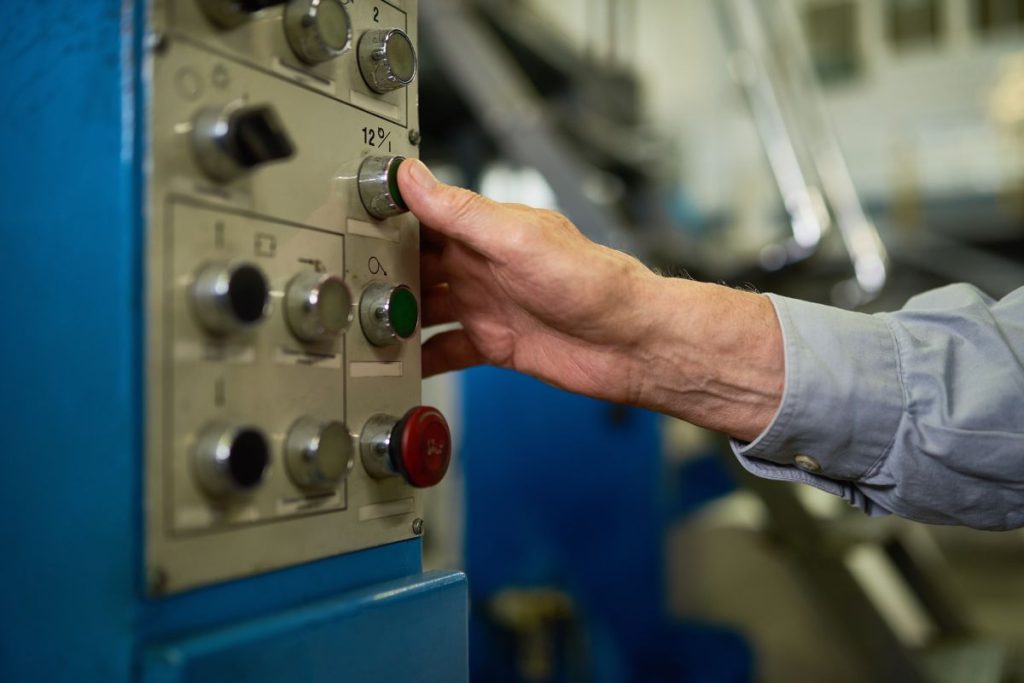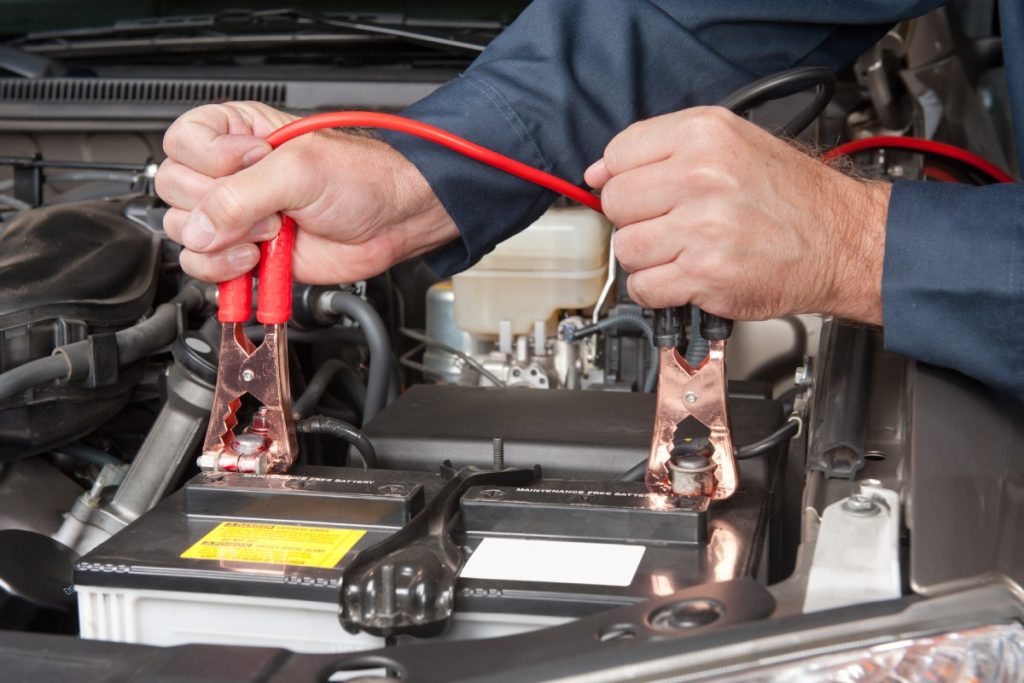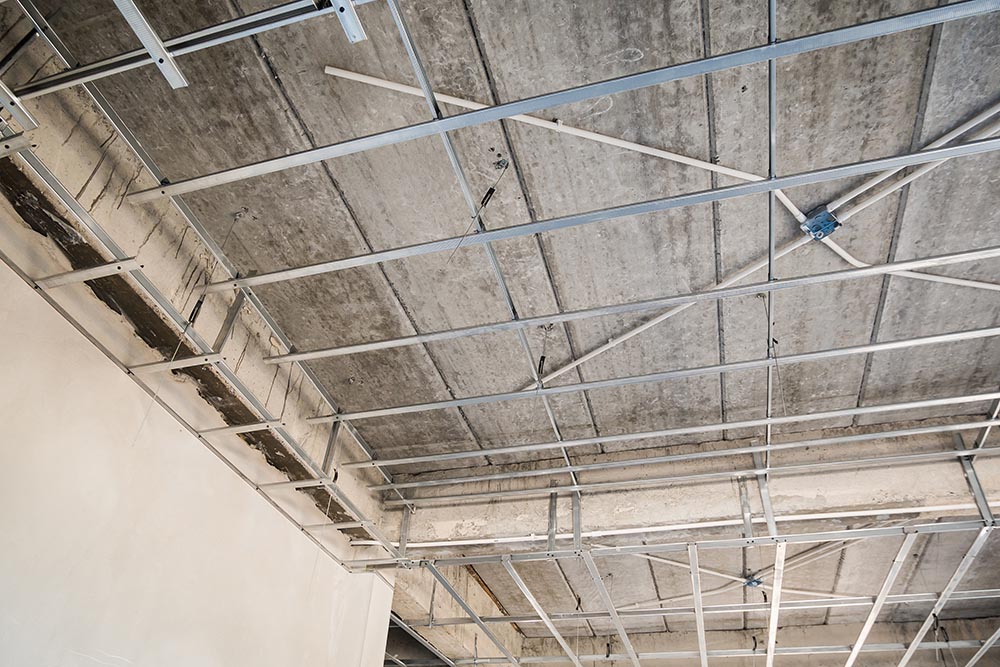Why do you need to let your wine breathe? How to do it?

In the world of wine appreciation, the concept of letting wine “breathe” often arises, sparking curiosity among enthusiasts and novices alike. What does it mean for a wine to breathe? Why is it necessary, and which wines benefit from this process?
In this article, we will explore the art of letting wine breathe, delving into its significance, the types of wines that may require aeration, and the various methods for achieving optimal results. Whether you’re a seasoned oenophile or a casual wine lover, understanding how to let your wine breathe can elevate your tasting experience and unlock the full potential of each bottle.
You might also like:
How many types of wine are there?
But first, before knowing the benefits of letting your wine breathe, let’s look into how many types of wine are there and which one should let it breathe.
There are countless types of wine, as the varieties are determined by factors like grape type, region, production method, and ageing process. However, to give you a broad idea, wines are often categorized into several main types:
- Red Wine: Made from dark-coloured grape varieties, with flavours ranging from light and fruity to rich and complex.
- White Wine: Produced from green or yellowish grapes, with flavours spanning from crisp and refreshing to creamy and oaky.
- Rosé Wine: Made from red grapes but with a shorter skin contact period, resulting in a pink hue and flavours that can be anywhere from dry to sweet.
- Sparkling Wine: Known for its bubbles, this type of wine includes varieties like Champagne, Prosecco, and Cava, typically produced using a secondary fermentation process.
- Dessert Wine: Often sweet and served as a dessert accompaniment, these wines can be made from various grapes, with examples including Port, Sherry, and Sauternes.
- Fortified Wine: Wines to which a distilled spirit, such as brandy, has been added, increasing alcohol content. Port and Sherry are common examples.
Within these broad categories, there are numerous subtypes and styles, influenced by factors like grape varieties, winemaking techniques, and regional traditions.

Which wines need to breathe?
Wines that can benefit from breathing typically include:
- Young Red Wines: Young red wines, especially those with high tannin content, can often benefit from aeration. Allowing them to breathe can help soften harsh tannins and open up the wine’s aromas and flavours. Examples include Cabernet Sauvignon, Syrah, and Nebbiolo.
- Full-Bodied White Wines: Some full-bodied white wines, particularly those that have been oak-aged, can benefit from aeration to allow their flavours and aromas to develop fully. Chardonnay is a common example.
- Older Wines: While many older wines are delicate and can quickly lose their character if exposed to too much air, some older red wines, especially those with robust tannins and complex flavours, can benefit from a short period of decanting to help them open up.
However, it’s essential to note that not all wines need to breathe. Light-bodied white wines, delicate rosés, and most sparkling wines typically do not require aeration and may even deteriorate if exposed to too much air. It’s always a good idea to research specific wine varieties or consult with a sommelier for guidance on whether a particular wine would benefit from breathing.

Why do you need to let your wine breathe?
Letting wine breathe, also known as aerating or decanting, can enhance its flavours and aromas by allowing it to interact with oxygen. The main reasons for letting wine breathe include:
- Softening Tannins: Tannins are compounds found in grape skins, seeds, and stems, particularly abundant in red wines. They contribute to a wine’s structure and can sometimes impart a bitter or astringent taste, especially in young red wines. Allowing the wine to breathe helps soften these tannins, making the wine smoother and more enjoyable.
- Releasing Aromas: Aeration helps volatile aroma compounds in the wine evaporate, releasing the wine’s full spectrum of aromas. This can enhance the wine-drinking experience by allowing you to fully appreciate its bouquet.
- Integrating Flavors: Oxygen exposure can help integrate the various components of the wine, such as fruit flavours, oak nuances, and acidity, resulting in a more harmonious and balanced taste profile.
- Opening Up Older Wines: Older wines, particularly reds with sediment or wines that have been bottle-aged for several years, can develop complex flavours and aromas that may be initially subdued. Decanting these wines allows them to open up and reveal their full potential.
- Removing Sulfur Compounds: Some wines contain small amounts of sulfur compounds, which are added during the winemaking process as preservatives. Allowing the wine to breathe can help dissipate these compounds, reducing any unpleasant aromas associated with sulfur.
Overall, while not all wines require breathing, it can be beneficial for certain types, particularly young red wines or older vintages, to enhance their qualities and improve the overall wine-drinking experience.

How to let your wine breathe?
There are several methods you can use to let your wine breathe effectively:
- Decanting: Pouring the wine into a decanter exposes it to a large surface area of air, facilitating aeration. Choose a decanter with a wide base to maximize oxygen exposure. Slowly pour the wine into the decanter, allowing it to cascade down the sides, which increases its contact with oxygen. Letting the wine sit in the decanter for 30 minutes to an hour (or longer for older wines) can help it breathe and develop its flavours.
- Pouring into Glasses: If you don’t have a decanter, simply pouring the wine into glasses can also promote aeration. Swirling the wine in the glass allows it to come into contact with air, releasing its aromas and flavours. Letting the wine sit in the glass for a few minutes before drinking can further enhance its bouquet.
- Aerator Devices: Wine aerators are tools designed to accelerate the aeration process by introducing air into the wine as it is poured through the device. There are various types of aerators, from simple pour-through spouts to more elaborate handheld or tabletop models. Using an aerator can effectively oxygenate the wine quickly, making it ready to drink almost immediately.
- Splash Decanting: For a quicker aeration method, you can perform a splash decanting by vigorously pouring the wine back and forth between the bottle and another vessel, such as a pitcher or glass. This method introduces a significant amount of air into the wine in a short amount of time, helping it to breathe rapidly.
Remember that not all wines require extensive aeration, and the extent to which you let your wine breathe depends on its age, varietal, and personal preference. It’s a good idea to experiment with different aeration methods to find what works best for the specific wine you’re drinking.
Conclusion
As we conclude our exploration of letting wine breathe, it becomes evident that this seemingly simple act can profoundly impact the enjoyment and appreciation of wine. Whether through decanting, aerating devices, or splash decanting, the process of exposing the wine to oxygen serves to soften tannins, release aromas, integrate flavours, and enhance overall complexity.
While not all wines require extensive aeration, knowing when and how to let your wine breathe can elevate the tasting experience, revealing nuances and subtleties that may otherwise remain hidden. So, the next time you uncork a bottle, consider allowing it to breathe, allowing its true character to shine through and delight your senses. Cheers to the joys of wine exploration!

 English
English 












